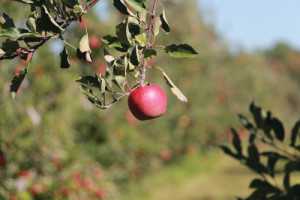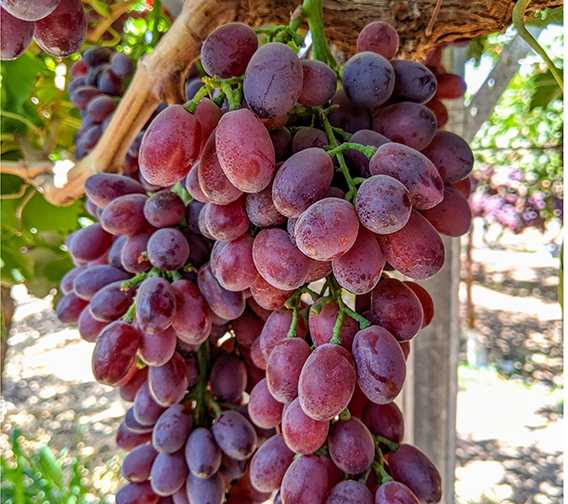PGRs: The Overlooked Piece Of The Biopesticides Puzzle
So much of the focus of biopesticides falls on crop protectants that another valuable production tool is often overlooked in the discussion: plant growth regulators (PGRs). While PGRs aren’t technically biopesticides, they are a growing segment of the biological controls business.
Part of the confusion stems from the fact that EPA classifies PGRs as biochemicals under the umbrella of biopesticides.
“I think of ‘biopesticide’ more as an EPA classification than anything else,” says Kevin Forney, technical services manager with Fine Americas.
“There’s a fine line between crop protection and crop production. That’s why we prefer the term ‘biorational’ as opposed to ‘biopesticide’ — these products are not pesticides,” agrees Johan Pienaar, global business manager, plant growth regulators for Valent Biosciences Corporation.
That misnomer may be masking the opportunity offered by PGRs as another useful bio-based tool for growers.
PGRs Deliver Options For Growers
Not all PGRs are biological products, but some estimates place the percentage at half or a little less of the PGR market. Having bio versions of PGRs available offers advantages to growers.
“Some of these products that are produced by fermentation are certified for use in organic production,” Forney says. “That’s a nice tool for organic growers who want to be able to add a PGR to their program.”
Another benefit comes fro m the registration standpoint. “These products are often easier to register than non-biopesticides, so that allows growers to get more new products quicker. Some are also exempt from residue tolerances, making them available for a broader range of crops,” Forney says.
m the registration standpoint. “These products are often easier to register than non-biopesticides, so that allows growers to get more new products quicker. Some are also exempt from residue tolerances, making them available for a broader range of crops,” Forney says.
“Crop production strategies have changed,” Pienaar says. “In the traditional high-value markets — apples, grapes, citrus, nut crops — there is a lot of competition among producers. At the end of the day, the ones that will survive are the ones that have the best quality and maximize production the best they can.”
Having access to new bio PGR products adds an expense for specialty crop production, but growers can see a return in both yield and quality.
“These are investments, not costs. These are production tools,” Pienaar says. “You need to protect that investment and maximize your potential. The best growers are making the most money.”
New Crops For PGRs And Biopesticides
PGRs — both bio and synthetic — have been accepted tools among specialty crop growers for years, but that obviously hasn’t been the case in row crops.
Pienaar thinks it will take some time to break through the barriers and get PGRs into the row crop segment completely.
“The mindset is still different there. Where an apple grower might not even blink at the cost of adding a PGR tool to increase the value of a crop, that investment is in a whole different league compared to what a row crop grower is used to investing.”
But as biopesticides begin to see more general acceptance across new crop segments, Pienaar expects PGRs will be a part of the conversation.
“These are products typically not associated with biopesticides because people focus on that pesticide term and they only think about crop protection. But this is a huge and fast-growing part of the biorationals business,” Pienaar says. “Growth in this category is going to come in the biorational products.”











